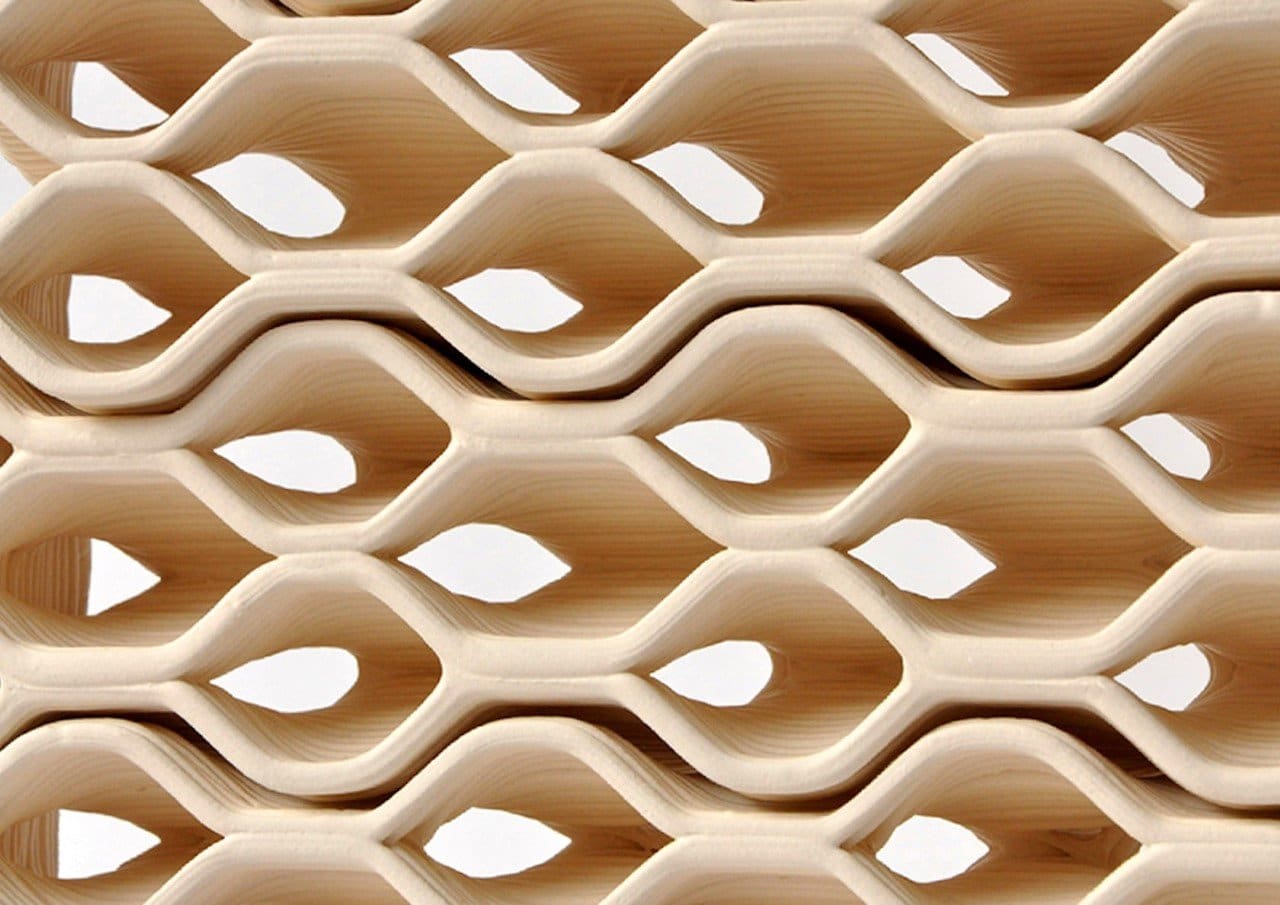Technology
The Future of Materials: A Glimpse into 2024’s Revolutionary Designs


Self-Healing Structures and Bio-Friendly Innovations
The future of design materials is knocking on our door, promising a leap into a world where sustainability meets high-tech innovation. The year 2024 is set to witness a paradigm shift as materials that heal themselves, bioengineered fabrics, and eco-friendly alternatives take the stage, offering unprecedented efficiency and a greener footprint. Companies are gearing up to harness these advancements, signaling a transformative era for various industries.
GaN: The Powerhouse Semiconductor
Gallium Nitride (GaN) is emerging as a powerhouse in the semiconductor industry, outshining traditional silicon with its high voltage capacity and efficient heat dissipation. Its applications are vast, from shrinking bulky laptop chargers to enhancing electric vehicles and propelling 5G technology. With its energy-efficient and environmentally friendly characteristics, GaN is setting the stage for a new wave of technological excellence.
Graphene: The One-Atom-Thick Wonder
Graphene, the ultra-thin yet incredibly strong material, is on the brink of revolutionizing numerous sectors, from flexible smartphones to earthquake-resistant buildings. Its exceptional conductivity is poised to transform solar energy and create smart textiles, marking the dawn of innovations beyond our current imagination.
Quantum Dots: Vivid Displays and Beyond
Quantum dots (QDs) are not just enhancing the latest TV screens with their vibrant colors and energy efficiency; they're also set to improve solar panel performance and potentially democratize quantum computing. These nanocrystals are stepping out of the lab and into the limelight as a critical component in the future of display technology and renewable energy.
Liquid Metal Alloys: The Shape-Shifting Substance
Imagine materials as malleable as clay yet excellent conductors of electricity. Liquid metal alloys are breaking the mold, with applications ranging from seamless machinery parts to flexible electronics. Their self-healing properties and adaptability to extreme temperatures are paving the way for innovations in various high-tech sectors.
Advanced Ceramics: Unbreakable and Eco-Friendly
Advanced ceramics are setting a new standard for heat and wear resistance, redefining the capabilities of engines, smartphone screens, and more. With their ability to adapt to electrical needs, these materials are becoming indispensable in electronics and solar panels, offering a sustainable alternative that reduces waste over time.
Nanocellulose: The Green Giant of Materials
Nanocellulose is turning heads with its lightweight yet steel-like strength. This eco-friendly material, derived from the most abundant polymer on Earth, is capturing the attention of industries from packaging to aerospace, eager to incorporate it for its biodegradability, thermal stability, and barrier qualities.


Mycelium: Nature's Answer to Sustainability
Mycelium, the vegetative part of a fungus, is proving to be a versatile and rapid-growing material. Offering a sustainable alternative to styrofoam and other moldable materials, mycelium is being recognized for its leather-like properties and inherent biodegradability, making it an exciting material for 2024.
Bioplastics and Biocomposites: The Nature-Friendly Challengers
As the world seeks sustainable alternatives to traditional plastics, bioplastics and biocomposites are stepping up. Derived from natural materials, these substances offer the moldability and durability of plastic without the environmental downsides, pointing to a future where material sciences align with ecological responsibility.
Transparent Solar Panels: Harnessing the Invisible
Transparent solar panels are transforming the way we think about energy generation. These innovative panels can be integrated into windows and other transparent surfaces, offering a space-efficient and less visible option for solar energy collection. With advancements underway, they hold the potential to turn any glass surface into a power source.
Self-Healing Materials: The Future of Durability
Self-healing materials are redefining longevity in products. From concrete that repairs its own cracks to paints that erase scratches, these materials are making technology more resilient. The potential for self-repairing polymers and glasses could mean a future where everyday wear and tear on our devices becomes a thing of the past.
Titanium: The Rising Star of High-End Design
Long valued for its strength and biocompatibility, titanium is now gaining traction in consumer electronics, thanks to its adoption by major brands. Its unique properties are setting it up for increased use in luxury wearables and potentially groundbreaking applications in bionic technology.


Hello! I’m Roger Jenkins, your go-to source at ReportingTheNews.com. I’m a USC graduate who combines journalistic precision with a Trojan’s passion. Based in sunny Los Angeles, my days are filled with more than just sunshine; they’re about capturing stories that resonate.
Beyond the newsroom, I’m an avid triathlete. Swimming, cycling, and running are more than just sports to me; they embody my commitment to discipline, focus, and a healthy dose of competition.
My love for travel takes me far and wide. Guadalajara, with its vibrant culture and unforgettable tacos, has a special place in my heart. I’m always searching for the next great story or a hidden culinary treasure.
At home, Nala, my energetic pet, is my constant companion. Together, we’re known in our neighborhood for our morning runs and evening strolls.
I’m driven by a belief in the power of storytelling to unite communities. Join me as we explore impactful narratives and stay updated with the latest news. You’ll also get a peek into my sports passions and travel escapades.
Want to get in touch? Follow me on Instagram for more insights and updates.













